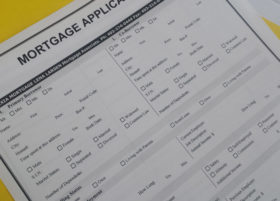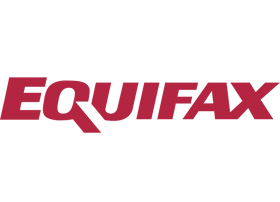In today’s world of ever-increasing prices and introduction of new taxes, most families’ budgets are already stretched to the max. Though most banks I work with allow 15% or sometimes even 20% prepayment and even doubling your payment option on top of it, for most Canadians putting 30K or even 10K towards their mortgage every year, may not be quite possible at this time.
I have some ideas that will still allow you to take proactive measures to pay your mortgage out faster:
- Choose Accelerated Bi-weekly payments:
Instead of paying your mortgage every monthly, select accelerated bi-weekly payment schedule.
Your accelerated bi-weekly payment will be exactly half of your monthly payment, but since there are 52 weeks in a year, you will make 26 bi-weekly payments. This puts two extra bi-weekly payments towards your principal every year.
For instance, on a 400K mortgage, the monthly payment @ 2.59% and 25 yr amortization is 1,810. Accelerated bi-weekly payment will be exactly half of it or $905.
Non-accelerated payment will be less or $835/biweekly.
Non-accelerated bi-weekly payment is calculated using the following formula:
Monthly payment x 12 months / 26 payments in a year.
By choosing bi-weekly accelerated payment, you will save 17,061 in interest and take 3 yrs off your 25 year amortization.
Non-accelerated payment of $835 will give you no such benefit.
- Round up your payment.
Your monthly mortgage payment is $1,810 but rounding it up to $1,900 will save you 10,102 in interest and take 2 years off your amortization.
Round up your payment and select accelerated bi-weekly – 33,029 in savings and 5 years off your amortization.
The extra amount will go directly towards your principal. You can also always revert back to the original amount if you choose to.
Please feel free to drop me a quick email or call me if you have any questions. If you know of anyone else who could benefit from my services, please pass my contact information to them. I will be happy to help!

 Mortgage Step-by-step
Mortgage Step-by-step Required Documents
Required Documents Apply for a Mortgage
Apply for a Mortgage Understanding Your Credit
Understanding Your Credit Canadian Mortgage Insurers
Canadian Mortgage Insurers
